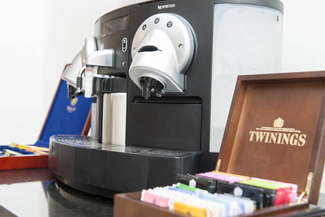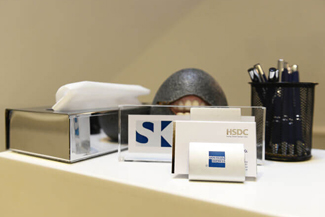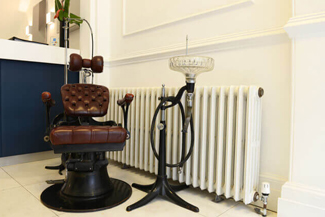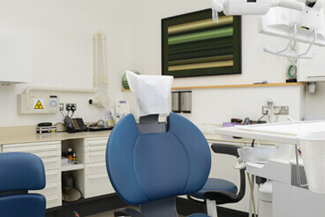Want to whiten your teeth?

At Harley Street Dental Clinic, we offer two forms of teeth whitening Harley Street and would be more than happy to discuss them with you at our clinic.
In this introductory guide, we talk about one of the most popular types of teeth whitening Harley Street; Zoom whitening! So read on to learn more!
What is Zoom whitening?
With modern teeth whitening Harley Street, you don’t have to worry about having stains removed through grinding or abrasion.
This technique works by using gels and bleaches which, when applied to your teeth, remove stains from underneath the enamel when our team shines a light on them.
This oxidises the area, causing the stains to lift off of the tooth and creates a whiter smile.
The gels and bleaches used in Zoom also have a desensitising agent, which protects your teeth against discomfort caused by the whitening, making the procedure more comfortable overall.
In-chair whitening
Zoom whitening is broken down into two parts; the first is performed in our surgery.
We cover your gums with a protective barrier to prevent irritation from occurring. Then, based on what we think is needed and the level of whitening you want to achieve, our team will mix up a hydrogen peroxide gel that we then apply directly onto your teeth.
After this, we shine the Zoom light directly over the teeth, causing the gel to penetrate the enamel and remove stains; both surface and interior! We typically leave the gel to activate for around 15 minutes, before we rinse and remove it from your enamel.
Depending on the shade you want to achieve, we may repeat this stage multiple times, leaving you with a brighter, whiter smile.
At-home whitening
In parallel with this, we also offer at-home whitening kits, which you will generally use over 14 days between the in-chair sessions.
For this, you will be provided with a custom-fitted tray to fit over your teeth and you will then apply a specialised bleach gel into it. This gel is thick and should any of it be spilt onto your gums, you will need to remove it with a cloth or Q-tip.
You need to leave the gel in the trays to work for 30 minutes each day; once it is finished each day, you will need to brush your teeth with warm water. Be sure to rinse out the trays with cold water to prevent warping.
Prolonging the effects
As with all things, the effects of whitening your teeth can be enhanced or hindered.
If you smoke, consume foods or drinks that are high in tannins, then it is likely that your whitening will not last as long as it would if you refrained from these activities.
You can top up the effects of the whitening at home with the trays in between dental visits.
On average, this process will last between 6-9 months, but dental whitening can last up to 18 months.
Reapplication
Depending on the cause of the staining, our team may be able to reapply the whitening gels in the clinic once a year. As stated earlier, you can prolong and touch up the effects using the at-home system provided for you.









